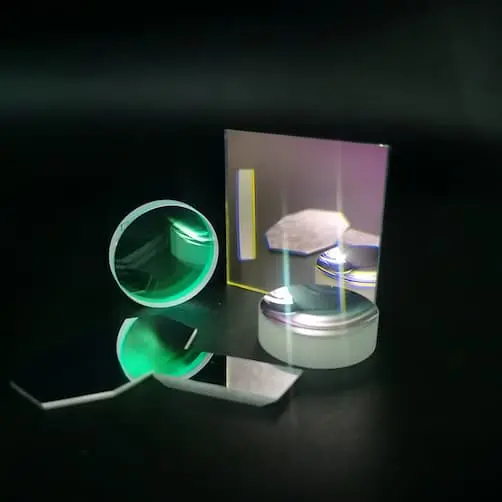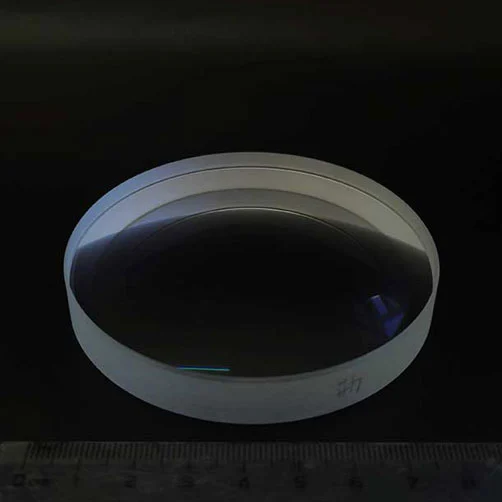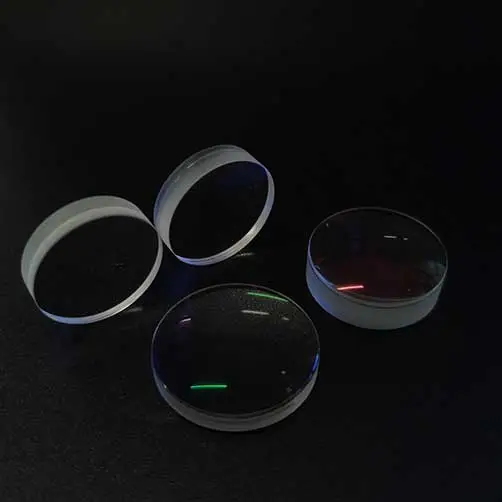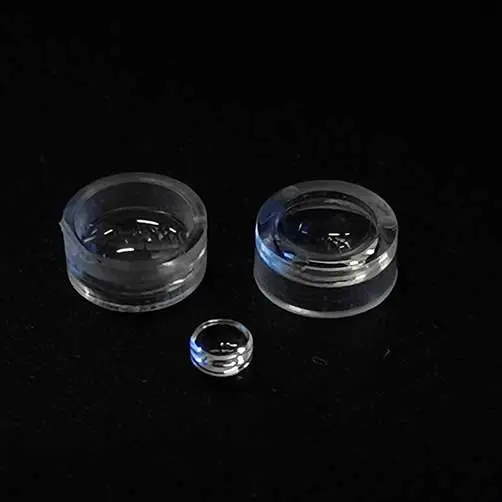
Due to the difference in refractive index between infrared and visible light, refraction occurs after passing through the lens, causing dispersion. The dispersed infrared and visible light come into focus at different focal planes, making it impossible for CCD/CMOS to capture clear images of both infrared and visible light at the same time. This is why ordinary lenses cannot achieve infrared functionality.
Lens correction can be divided into several types: no infrared correction, infrared optical correction, and correction with materials such as ED glass. Currently, many lenses on the market only undergo optical correction, and the focus planes for infrared and visible light cannot be made uniform. Only in the short focal length range can the infrared effect be acceptable with some effort. By using ED glass, infrared correction can be achieved at the material level of the lens, with a nearly consistent change in focus distance. This is known as "True Infrared".
Infrared is a topic of frequent discussion, but the correction methods for different surveillance lenses have completely different effects. What knowledge should we have about IR lens?
Generally speaking, a single spherical lens cannot correct color aberration except in special circumstances. A positive lens produces negative chromatic aberration, while a negative lens produces positive chromatic aberration. In order to reduce chromatic aberration, glasses with different refractive index and chromatic aberration are used to eliminate the aberration.
A double lens group or double glued lens group composed of properly shaped positive and negative lenses is a simple structure that can eliminate chromatic aberration. This method of reducing dispersion is a commonly used optical infrared correction method.
After optical correction, the separation between the refraction of infrared and visible light is reduced and the distance between the focal planes is shortened (but not eliminated). For lenses in the short focal length range, the deviation between the infrared and visible light focus planes is small after optical correction, resulting in little impact on image clarity. However, as the focal length increases, chromatic aberration will gradually amplify and the separation between the infrared and visible light focus planes increases, making it impossible to achieve clear imaging of both simultaneously through optical correction.
To achieve clear imaging of both infrared and visible light, the focus planes of both must be in the same focal plane. The ability of optical correction to reduce chromatic aberration is limited, so it is necessary to use ED glass (ultra-low dispersion glass) lenses to reduce chromatic aberration and ensure that light of different wavelengths actually focuses on the same plane, without defocusing at near infrared wavelengths. This achieves 24-hour high-definition video footage, day and night.
The requirements for infrared correction for lenses with long focal length are even stricter, and ED glass must be used to ensure consistency between the focus planes of both infrared and visible light, thus achieving true day and night high-definition video. In fact, we can see the importance mainstream lens manufacturers attach to true infrared imaging from their use of ED glass and implementation of true infrared imaging for day and night shots. Long focal length lenses, in particular, must pay attention to this because the more lenses inside the lens, the greater the dispersion of light passing through the lens, and the greater the deviation between the infrared and visible light focus planes. In general, the impact of optical correction on the deviation of the focus plane is minimal, and there is a huge difference in image clarity between day and night after focusing, making it impossible to achieve day and night high-definition video.



